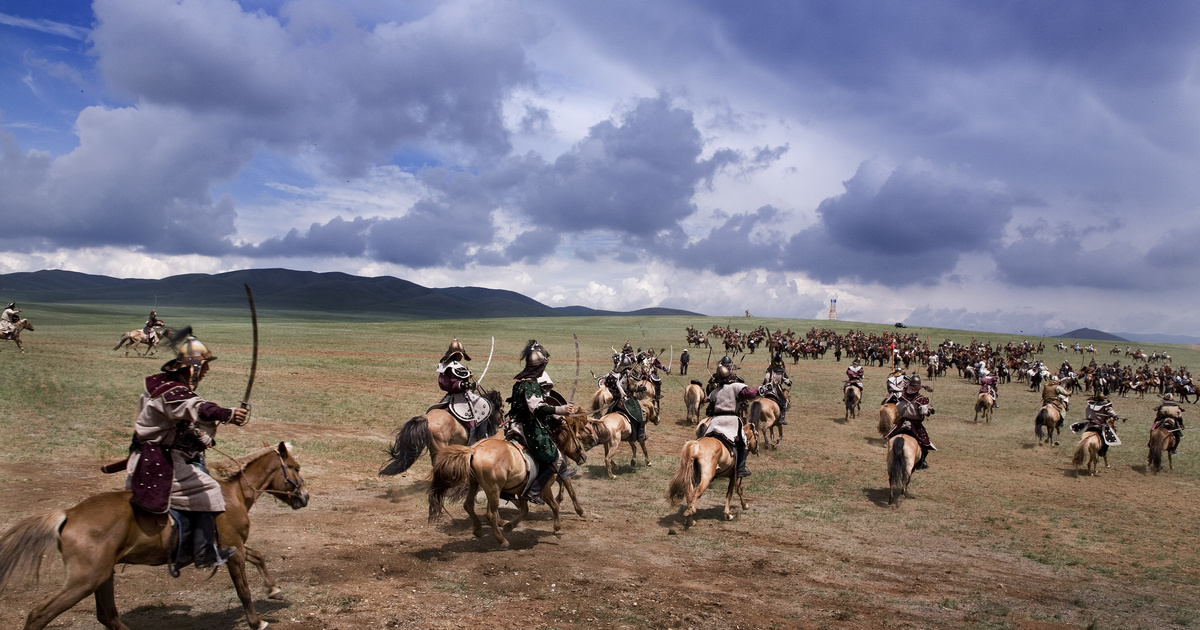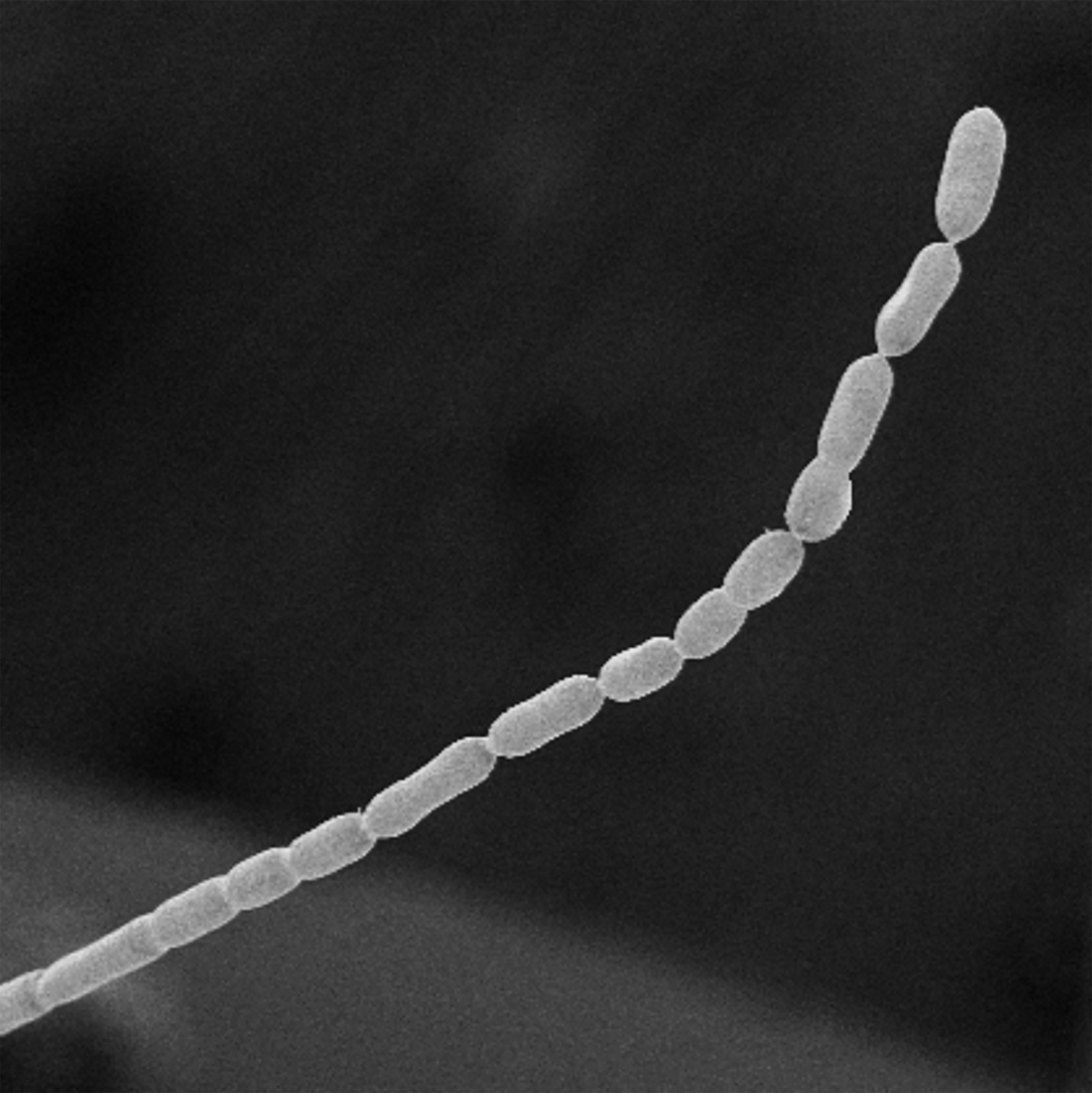The world’s largest bacteria has been discovered in a Caribbean mangrove swamp. While most bacteria are microscopic in size, they can be seen with the naked eye.
Thiomargarita magnifica, which appears to be a thin white fiber, is about the size of a human eyelash. It is 5,000 times larger than most known bacteria. “By far the largest bacterium known to date,” said Jean-Marie Foland, a marine biologist at Lawrence Berkeley National Laboratory who co-authored a study on the discovery in Science Thursday.
The other author, Olivier Gros, a biologist at the University of the West Indies and French Guiana, found the first sample of this bacteria in 2009 in the Guadeloupe swamp, clinging to underwater mangrove leaves. Gross did not know at the time that it was a bacteria, but subsequent genetic testing showed that the organism was a single bacterial cell. Thiomargarita magnifica is 0.9 cm tall.
Photo: Oliver Gross/AFP
Petra Levine, a microbiologist at Washington University in St. Louis, who was not involved in the research, described the identification of bacteria as a “amazing discovery.” As he added, this raises the question of how many of these giant bacteria can still live in the world and reminds us not to underestimate bacteria.
Gross also found bacteria clinging to oyster shells, rocks, and glass bottles in the swamp. The researchers say the cell has a structure unusual for bacteria. One of the most important differences is that it contains a central cellular organ surrounded by a membrane, a vacuole, which allows some cellular functions to occur in this controlled environment rather than to occur throughout the cell.
“This large central cellular organ, a vacuole, helps the cell transcend physical barriers in terms of cell size,” explained Manuel Campos, a biologist at the French National Center for Scientific Research, who was not involved in the study.
The researchers said they are not yet sure why the bacteria are so large. According to Volland’s theory, adaptation may be the cause: Large size can help prevent small organisms from eating. (MTI)












































